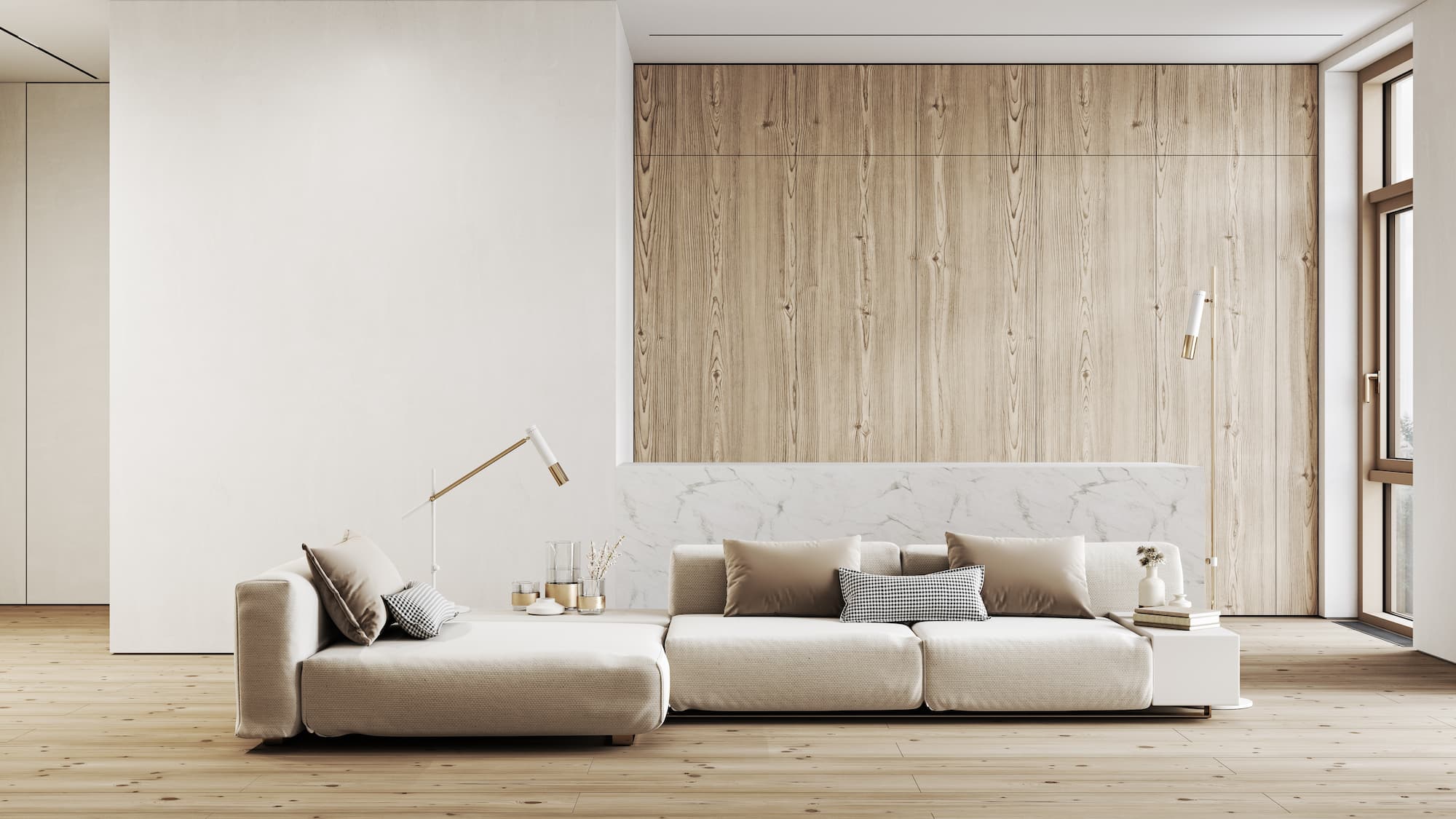Work with an innovative Architecture Firm for cutting-edge and creative designs.
Work with an innovative Architecture Firm for cutting-edge and creative designs.
Blog Article
Change Your Home With Essential Principles of Inside Style and Aesthetic Appeals
By understanding the influence of color theory and the significance of texture and patterns, one can produce spaces that are not just visually attractive but likewise deeply individual. Accomplishing this balance includes more than mere decoration; it includes a critical plan and an eager understanding of just how each component engages within an area.
Recognizing Shade Theory
Understanding the concepts of shade theory enables developers to create areas that reverberate mentally with passengers while satisfying useful requirements. Each category plays a crucial duty in developing harmony within a room.
The psychological effect of colors is profound; cozy hues such as reds and oranges stimulate energy and heat, while awesome tones like blues and environment-friendlies promote calmness and peace. Additionally, the use of complementary shades enhances aesthetic passion, developing striking contrasts that can boost a space's appeal.
Neutral colors, on the other hand, work as a versatile background, enabling other style components to radiate. It is necessary to take into consideration variables such as lights and the area's objective when picking a shade combination, as these can change the perception of colors throughout the day.
Ultimately, a well-considered color design can change an area, fostering a feeling of comfort and style that lines up with the inhabitants' preferences. Proficiency of shade concept is, therefore, a crucial skill for any interior developer aiming to produce harmonious and inviting atmospheres.
Accomplishing Balance in Style
Just how can developers accomplish a sense of stability in their rooms? Achieving balance in design is fundamental to developing unified interiors.
Unbalanced balance, on the various other hand, counts on differing components that still attain a cohesive appearance. This approach permits even more vibrant and casual arrangements, providing interest while preserving balance. By meticulously selecting differing dimensions, shades, and textures, developers can develop an aesthetically engaging room that feels well balanced yet energetic.
Radial balance stresses a main prime focus with elements radiating outside. This design is commonly seen in circular formats, where furniture and decor create a cohesive surround that draws the eye inward.
Inevitably, attaining balance requires thoughtful factor to consider of range, percentage, and the connections in between aspects. interior design firms. By skillfully applying these balance concepts, designers can change areas right into environments that really feel both cosmetically pleasing and functionally harmonious, boosting the overall experience for passengers
Relevance of Spatial Recognition

An eager feeling of spatial recognition enables developers to identify centerpieces within a space, directing the customer's focus to vital attributes while maintaining a total sense of unity. It additionally aids in the calculated positioning of lighting, which can drastically affect the assumption of space and mood. Additionally, understanding spatial connections allows the developer to accommodate the particular requirements of inhabitants, making why not try these out certain that each location offers its intended purpose without jeopardizing appearances.
Ultimately, spatial recognition is important for maximizing the possibility of any type of interior space. By meticulously taking into consideration the interaction in between dimensions, layout, and function, developers can develop settings that not just meet practical needs but also evoke a feeling of comfort and appeal, boosting the total living experience.
Integrating Structure and Patterns
Welcoming a varied variety of appearances and patterns can dramatically improve the aesthetic and tactile allure of an indoor space. The calculated usage of different materials-- such as wood, metal, fabric, and rock-- produces deepness and passion, making an area really feel a lot more inviting and dynamic. As an example, incorporating smooth surface areas with rough structures can establish a balance that attracts the eye and involves the senses.
When including patterns, think about both range and repeating. Big patterns can function as focal points, while smaller, refined layouts can match various other aspects without overwhelming the room. Layering patterns, such as pairing floral pillows with striped throws, includes complexity and a feeling of harmony if executed thoughtfully.
It is additionally vital to keep a natural shade scheme, making sure that textures and patterns collaborate rather than contend for interest. By choosing a couple of crucial appearances and patterns, you why not try these out can create a linked visual that shows your personal style while improving the total ambiance of the room. Inevitably, the careful incorporation of these components can change a mundane room into an advanced setting abundant with personality and heat.
Personalizing Your Room
Developing a space that shows your personality is vital to attaining a truly inviting atmosphere. Customization in interior decoration enables you to infuse your one-of-a-kind design and passions right into your home, transforming it from a simple shelter right into a shelter that speaks to that you are. Begin by choosing a color palette that resonates with your feelings-- strong colors can stimulate, while soft tones offer harmony.
Incorporate art work and style that show your passions, whether it be traveling, nature, or abstract concepts. Displaying personal collections, such as books, photos, or mementos, can evoke treasured memories and produce centerpieces within a space. In addition, consider tailoring useful pieces, like upholstered furniture, to straighten with your aesthetic choices.

Verdict
Finally, the transformation of a home via the important principles of interior decoration and appearance necessitates a detailed understanding of shade concept, equilibrium, spatial understanding, structure, and customization. Each aspect contributes significantly to developing a harmonious and useful living environment - interior design firms. By thoughtfully integrating these principles, people can boost the aesthetic charm and psychological resonance of their spaces, inevitably you can check here fostering a home that mirrors distinct identities while providing convenience and practicality
Report this page